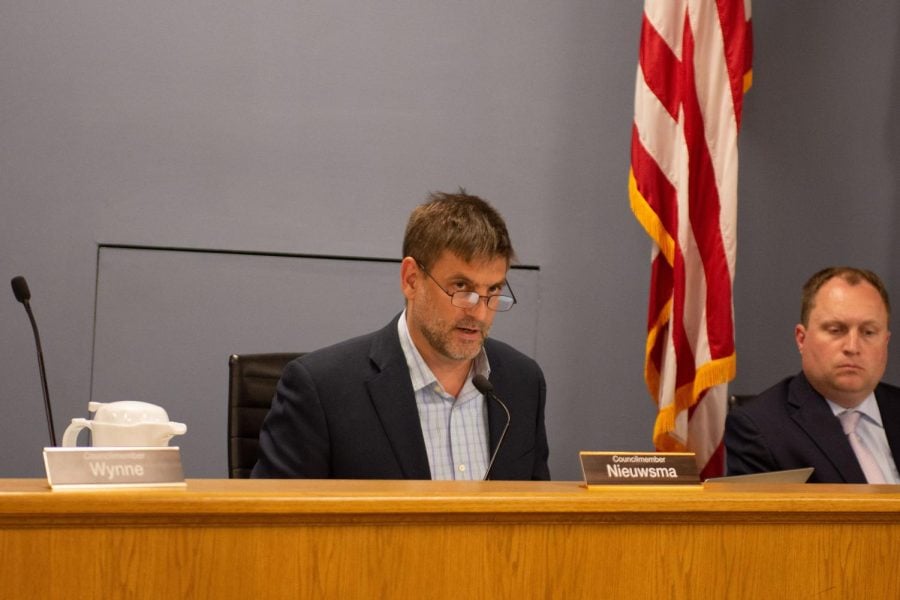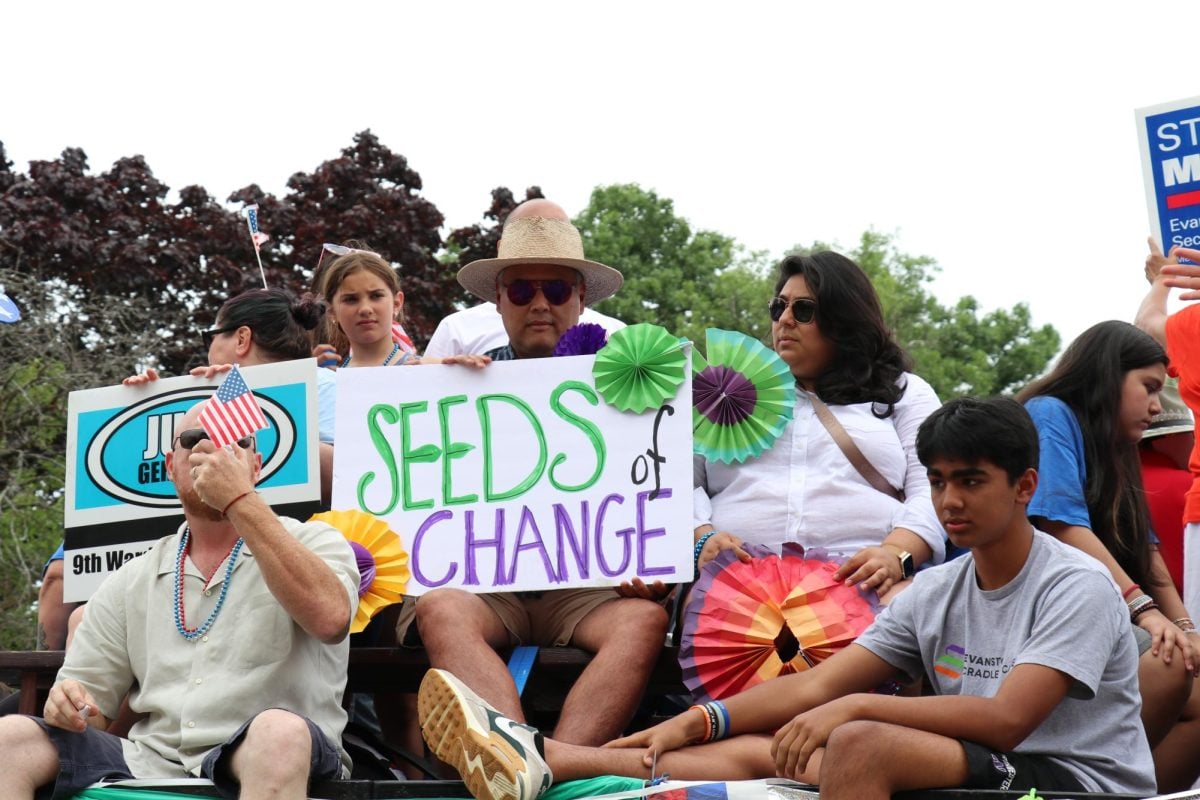‘The value of collective action’: diversity in Northwestern’s film curriculum
Communication freshmen Verónica Silvosa and Sofia Migaly said they were both surprised at the amount of diversity they encountered in Northwestern’s film program.
January 22, 2023
Communication freshman Verónica Silvosa said she knew about the “white guy in film” stereotypes through memes — but at Northwestern, she sees the trope in full form.
“They’re real, and they’re out there,” Silvosa said. “Pretentious, think they know everything. Men who explain movies to you even though you might know more than them.”
Despite this, Silvosa said she was surprised by the amount of diversity within the Radio, Television and Film major ― both in the curriculum and related extracurriculars.
She added that three of the four student-run sets she signed up for had female directors, with the fourth run by a Latine director.
“I really liked the amount of women and gender non-conforming people taking up the space,” she said.
Last quarter, Silvosa took RTVF 220: Analyzing Media Texts, a core class for the RTVF major typically taken in the first year of studies. The course is a requirement for the film and media studies minor and a prerequisite for upper level courses in the RTVF department.
Silvosa’s professor assigned the Japanese animated film “Princess Mononoke” and the Chinese American film “The Farewell.”
“It’s so important to just have different lenses of life (in film) because if not, you’re going to be stuck watching the same movies over and over,” she said.
Communication Prof. Kalisha Cornett said efforts to emphasize diversity in RTVF classes included a new anti-racism curriculum for faculty created in the summer of 2020.
Cornett, who helped build the syllabus for the faculty curriculum, said its goal is to mobilize an anti-racist method of teaching not just momentarily, but as an ongoing system of inquiry.
“If you are going to have an anti-racist pedagogy… it’s not just about adding an extra Spike Lee film,” Cornett said. “It’s not about showing another Barry Jenkins film.”
Like Silvosa, Communication freshman Sofia Migaly said she did not expect to be exposed to many films that represented marginalized communities. Migaly also took the Analyzing Media Texts course last quarter.
She said that her experience with the RTVF curriculum so far has been more diverse than she thought it would be. Some professors tend to focus on what they deem “classic films,” she said, which tend to overrepresent white voices.
“I appreciate it when professors put diversity into their curriculum, especially in arts classes, because sometimes there’s a danger of falling into the trap of white men films,” Migaly said.
According to Cornett, teaching students about diversity in film is not about making students learn new concepts, but rather allowing them to unlearn their own preconceptions.
She said she hopes students of color studying RTVF will advocate for themselves, especially at a predominantly white institution. She also encourages students of color to be unafraid of asking for resources that might make their experience more equitable, like changes to curriculum.
“I’m hoping that more students will understand the value of that work and also the value of collective action,” Cornett added.
Although students may find progress within the faculty slow, Cornett said change is still ongoing, and that she believes incremental change is the best way forward.
She referenced a diversity, equity and inclusion symposium as an example of how the Communication faculty continues to strive towards improvement.
“Everyone now is in that unlearning moment of trying to figure out how they can break things down in order to build them back up — rather than putting a Band-Aid on things and just trying to throw (representation) on the end of the syllabus,” Cornett said.
Email: [email protected]
Twitter: @beatricedvilla
Related Stories:
— Mayfest’s executive board seeks to transform Dillo Day, prioritizing diversity and inclusion












